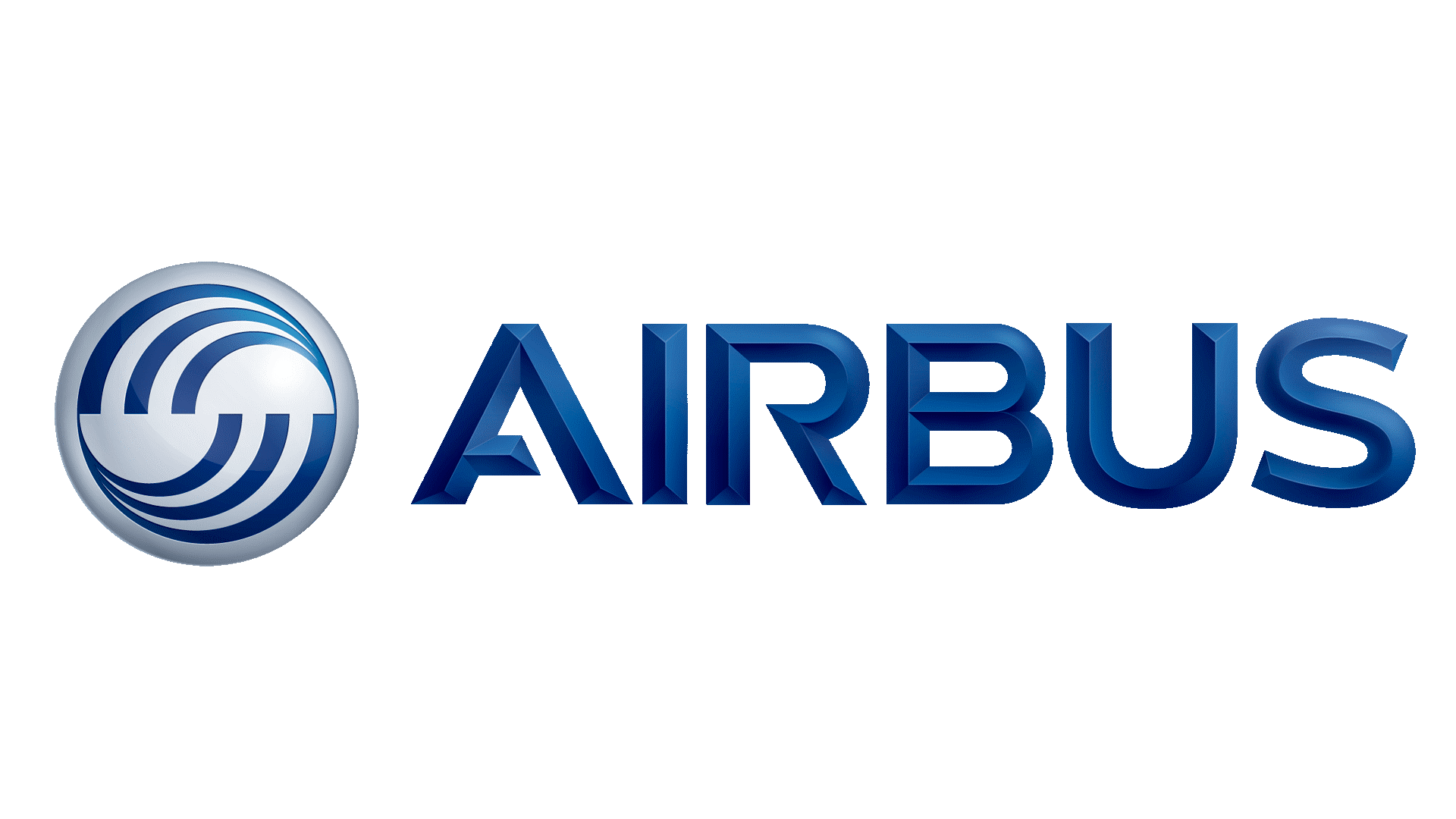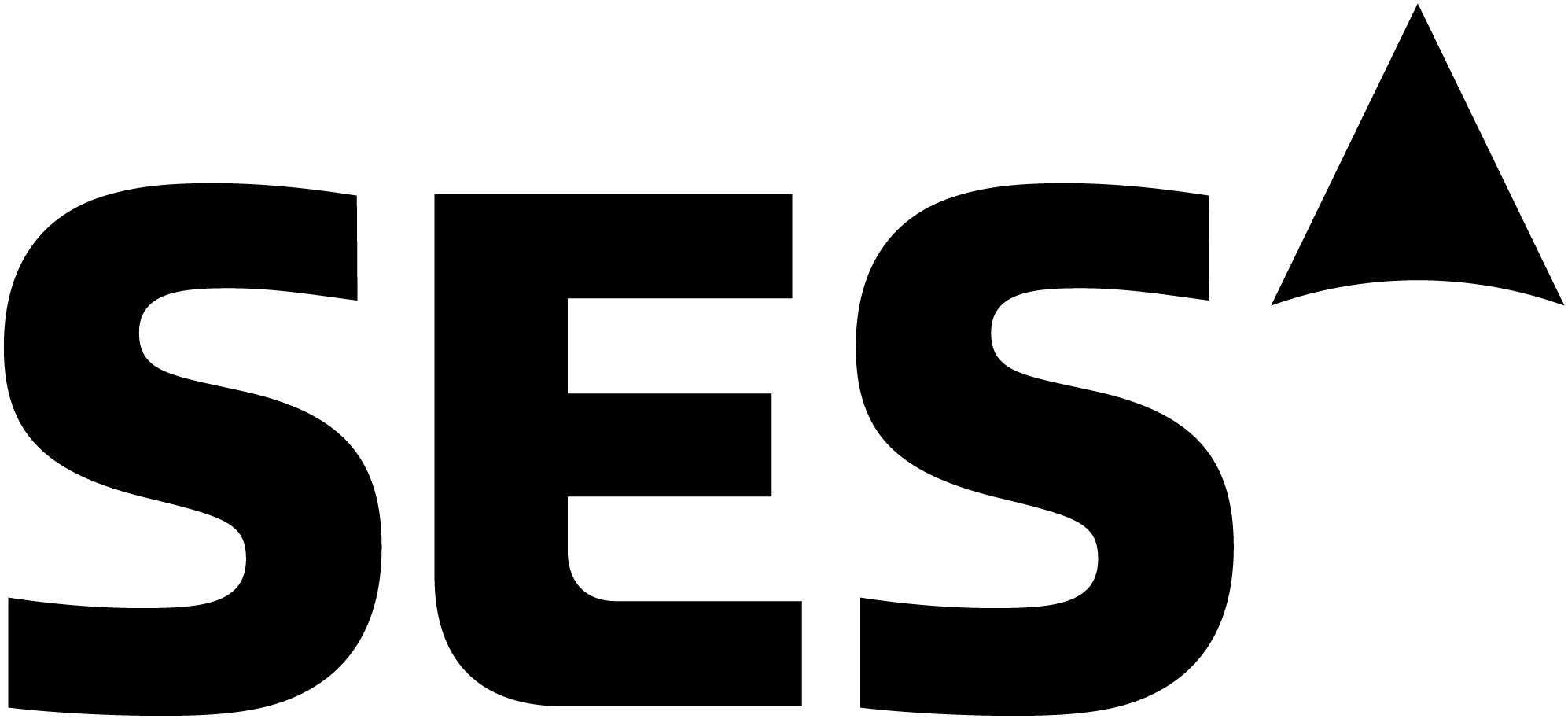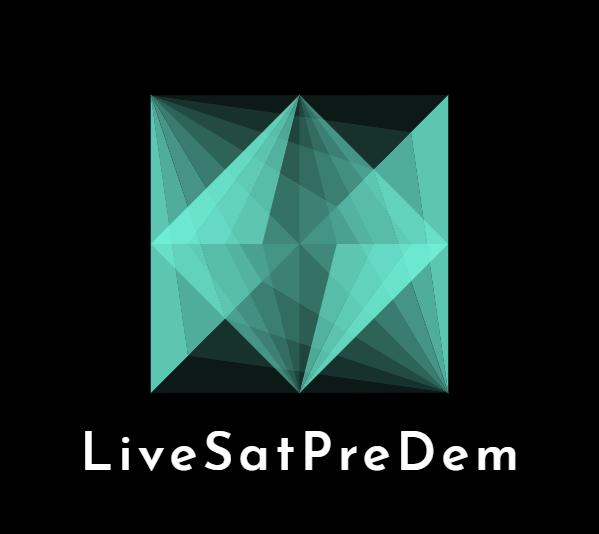
-
StatusCompleted
-
Status date2025-09-05
The objective of this study is to implement and demonstrate, through live demonstration over a real geostationary orbit (GEO) satellite, Multi-User Multiple Input Single Output (MU-MISO) digital signal processing techniques, namely precoding, in the Forward (FWD) link of a multi-beam satellite system operating in full frequency reuse (FFR). While standard technologies, as for DVB-S2, operate using an interference avoidance approach through a proper reuse of the spectrum amongst beams, more recent paradigms have been proposed which move in the opposite direction through the management of the interference amongst beams. The objective is to clearly maximise the use of the available spectrum which represents a limited resource of the system.
The study shall increase the maturity of the technology to a TRL 5. To this aim, the demonstrator shall implement all the functionalities of a precoding-based system: synchronization and collection of the estimated Channel State Information (CSI), precoding-specific smart user-scheduling techniques and Modulation and Coding (Modcod) allocation, computationally efficient calculation of the precoder and application of the resulting precoder to the vectors of symbol streams to be transmitted by the GW. The benchmark for this study is an equivalent system operating in a colour reuse scheme that basically entails an interference avoidance approach.
Additionally, this study aims to evaluate the effectiveness of the precoding technique in the case of medium Earth orbit (MEO) satellites. In particular, this activity will analyse the additional impairments and challenges that the MEO orbit poses to the application of the precoding techniques with respect to GEO, and develop in the lab an adapted precoding prototype capable of overcome the additional challenges due to the MEO scenario.
The main challenge of the project is the reduced cost per delivered bit over the satellite by researching and implementing the new technologies. By upgrading the satellite modems and making minor adaptations to satellite payloads, the technology can provide much faster and more accessible broadband service. This improvement can be used to increase the turnover of satellite operators while providing superior quality of service to the users. It should be also noted that the technology allows the satellite operators to dynamically allocate the broadband capacity to the areas where it is needed the most, enabling a higher level of adaptability in terms of space assets. Satellite service coverage can be a subject of economic demand in developing countries and act as emergency services to backup areas with high-risk of natural disasters, where local telecommunication services might be temporally disabled.
Additionally, the MEO scenarios impose stringent requirements due to the fast dynamics of the channel variations
The study has led to the design and development of new technologies and products in the area of satellite communications. SIGCOM in collaboration with SES has defined the technical requirements for the satellite communication payloads, needed to support the switch from classic four colour reuse scheme to full frequency reuse through precoding technology. These are already considered for the SES missions to be flown in the near future. SIGCOM has implemented the main algorithms into model prototypes that have been used to demonstrate the increased satellite channel capacity in the lab and performed a live demonstration over satellite.
The product features many technologies which previously have never been used in satellite communications. The precoding enabled technology is the DVB-S2X superframe standard, defined within ETSI and DVB organisations. By using the superframe transmission User Terminal, we can estimate the CSI to evaluate inter-beam interference, which is a gateway that can later precompensate by using Zero-Forcing or Minimum Mean Squared Error (MMSE) precoding with advanced Per-Antenna Power Constraints (PACs) for an improved performance.
The precoding technology is supported by an advanced user scheduling in the satellite communications network. These two techniques allow satellite communications to efficiently reuse available frequency channels and to operate in a broadband regime. It means that the channel capacity through a network of satellites can be flexibly managed and reallocated accordingly to the constantly varying demands of the on-ground terminals within the service coverage. The project features an in-lab demonstration of the aforementioned technologies, emulating a full chain from the gateway with 16 beams to the 16 UTs. The technique was live demonstrated in one of the satellites of the SES fleet for two beams and two UTs. This demonstrator had the additional challenge of performing the communication using two transponders with independent frequency references. This challenge is solved by a phase compensation and tracking mechanism operating jointly with the precoding at the gateway transmitter side.
The figure below shows a general block diagram of the demonstrator.

The main functional blocks of the Precoding demonstrator are: a precoding enabled gateway, a satellite Multiple-Input, Multiple-Output (MIMO) channel emulator and a set of user terminal receivers.
The proposed infrastructure is based on Software Defined radio platform by National Instruments and it is depicted in the following figures for both the GW and the UT.

To accomplish the project’s objective, five main tasks have been identified:
- System, scenarios and techniques definition: the main aim of this task is to define use case scenarios;
- Detailed design of GW and UT prototypes: the selected algorithms will be designed taking into account the chosen Software Defined Radio (SDR) based platform;
- SDR-based development of GW and UT prototypes: the prototypes of the GW and the UT needed to enable precoding will be implemented;
- In-lab testing and validation of prototypes: a validation phase is required to test the functionalities of the novel;
- Execution of the demonstrator over satellite.
After the achievement of these main tasks, the extension to MEO satellites comprised these tasks:
- MEO scenarios definition: defines the MEO use cases in which precoding can provide substantial benefits;
- Prototype Design and Implementation update: revisits the design of the precoding prototype to make it able to deal with the peculiarities of the MEO Scenario In-Lab Prototype Validation;
- MEO Scenario In-Lab Prototype Validation: the updated version of the prototype is tested and validated in a lab environment.
The project has been completed. Hereafter you can find some pictures of the equipment used for the live demonstration and the in-laboratory demonstration, and a few links for some videos of both the live demonstration and the in-lab demonstration.

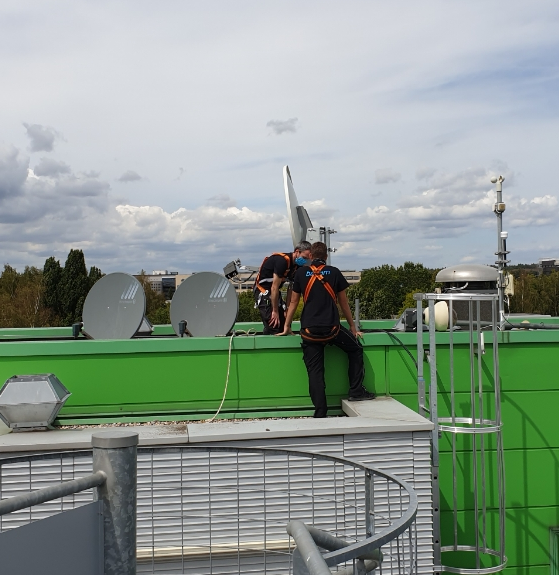

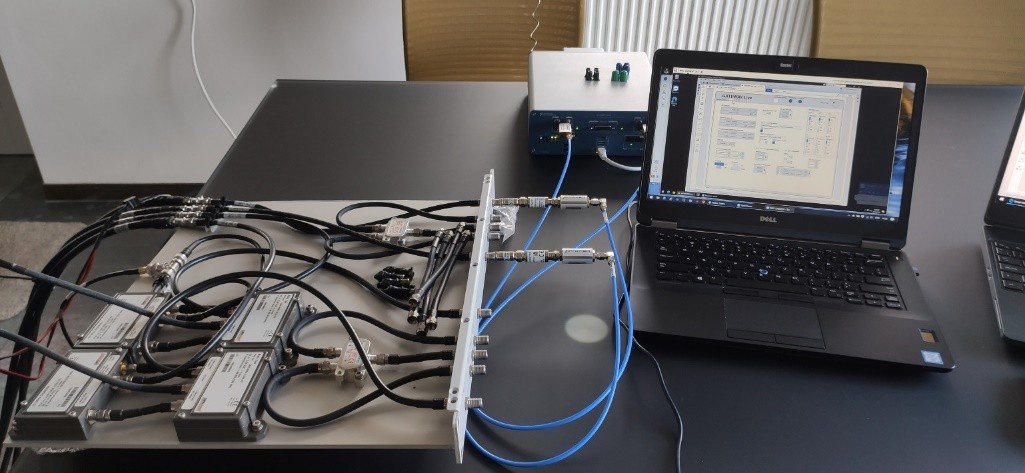
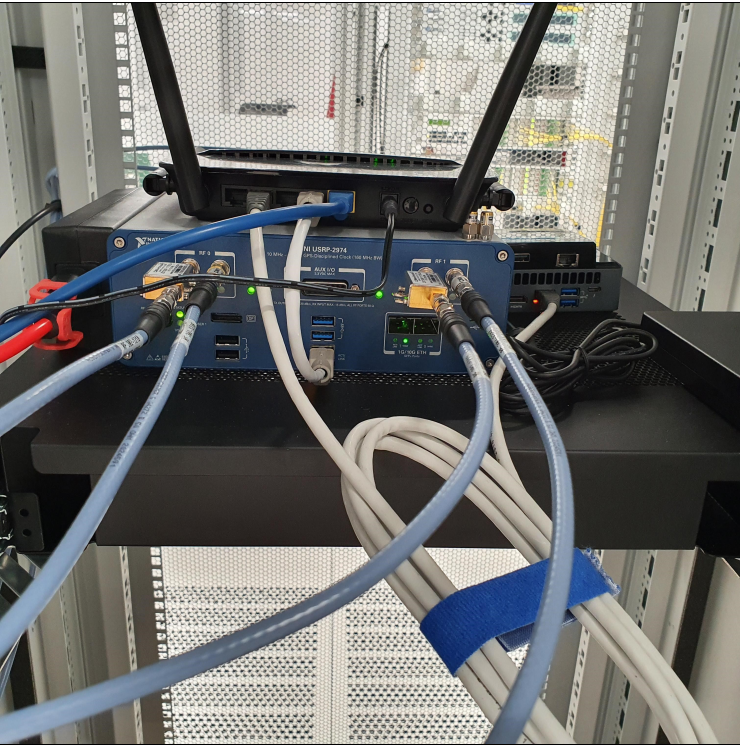

The MEO updated compensation loop consisted on the addition of the following block diagram beside the precoding computation block:
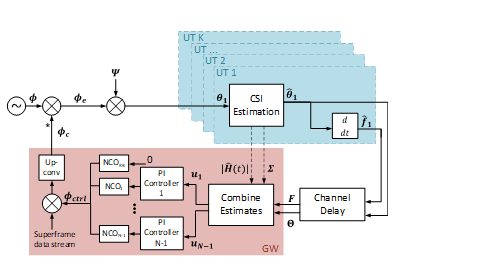
The differential phase compensation loop tracks for the variations either in the transponders’ local oscillators, as well as the channel phase variations.



